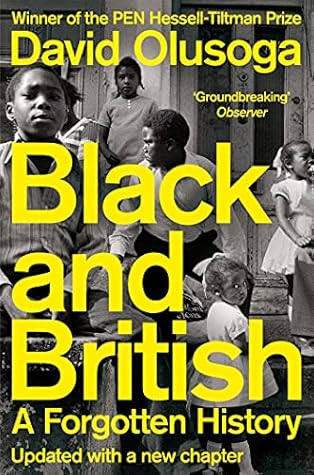A series of late-seventeenth-century cases seemed to suggest that religion might hold the key to the conundrum. In 1694 a judge concluded that a ‘Negro boy’ could be regarded as merchandise because black people were ‘heathens, and therefore a man may have property in them’.7 But rather than offer a definitive answer to the problem this judgement merely raised new questions. If black people could be enslaved because they were ‘heathens’ that suggested they would have to be freed if they were baptized. The belief that conversion to the Christian faith bestowed freedom upon a slave was widely
A series of late-seventeenth-century cases seemed to suggest that religion might hold the key to the conundrum. In 1694 a judge concluded that a ‘Negro boy’ could be regarded as merchandise because black people were ‘heathens, and therefore a man may have property in them’.7 But rather than offer a definitive answer to the problem this judgement merely raised new questions. If black people could be enslaved because they were ‘heathens’ that suggested they would have to be freed if they were baptized. The belief that conversion to the Christian faith bestowed freedom upon a slave was widely held among black people and slave owners in the colonies, right up to the formal end of British slavery in the 1830s. Runaway slaves in the West Indies were known to seek out clergymen and demand to be baptized. There were reports of baptismal ceremonies being interrupted by irate slave owners, bursting in and dragging enslaved people away from the font, to the horror of the officiating ministers. In the West Indies, the planters dominated the local legislatures and were able to pass their own laws clearly stipulating that baptism did not confer freedom, but in Britain the slave owners were never able to quash the belief. Jonathan Strong had himself been baptized after his escape from David Lisle in 1765, and among the letters he wrote from his cell at the Poultry Compter were notes to his two godfathers, both white.8 There was also a shocking case in London. In 1760 a nine-year-old blac...
...more
This highlight has been truncated due to consecutive passage length restrictions.


